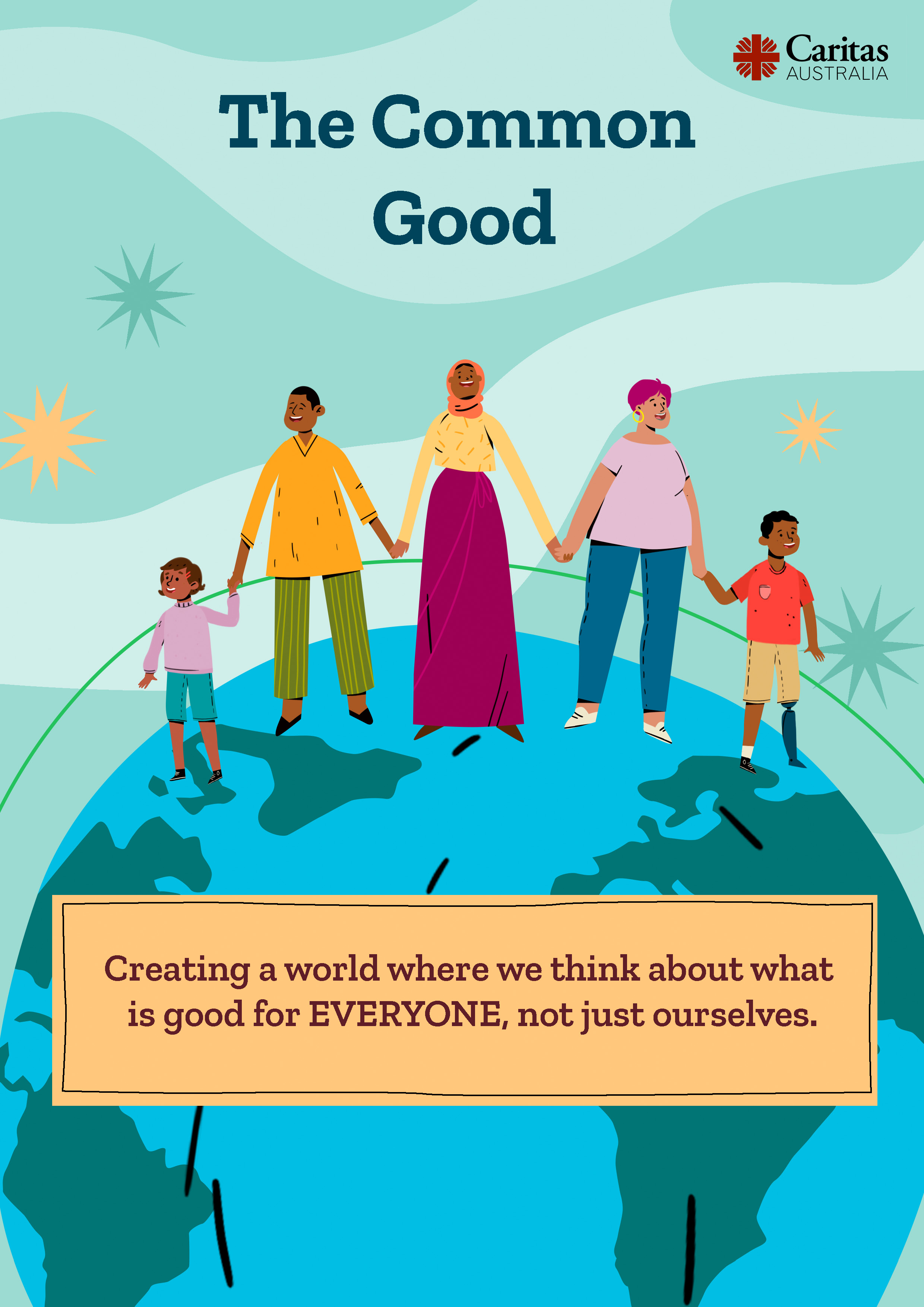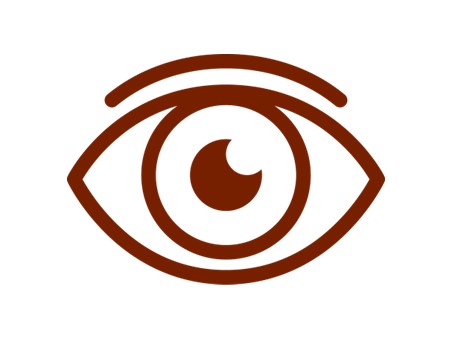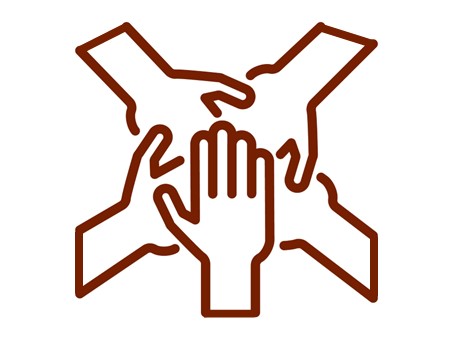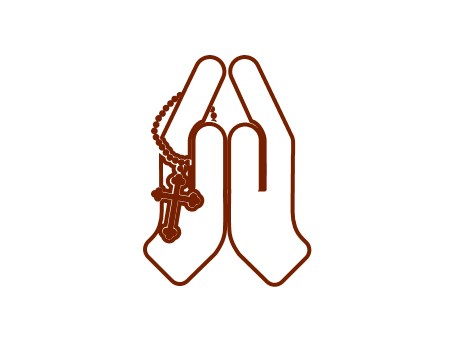Common Good
Middle Primary

Inquiry Question: How does caring for Earth and each other benefit our communities?
By the end of this unit, students will understand that we are all connected and that it is our responsibility to care for humanity and our common home. By doing this, we are taking care of God as God is part of everything and everyone.
Before you start:
- Watch the Catholic Social Teaching (CST) film, ‘Common Good’, for your own background and familiarise yourself with the Common Good poster.
- Download the various resources referenced at the bottom of this page (worksheets, slides etc.) Print student handouts and have weblinks ready to go on your computer/interactive whiteboard.
- Read/watch the stories and videos linked in this learning sequence to determine if they are appropriate for your class.
- Locate any Scripture passages and copies of Church texts hyperlinked within the learning sequence below.
See-Judge-Act-Pray Process
This learning sequence has been created using the ‘See, Judge and Act’ model.
This reflection–action process was first used by a Belgian Catholic priest, Joseph Cardijn (who later became a Cardinal) with Young Christian workers prior to the first World War.
This approach was also recommended in the 1961 encyclical letter written by Pope John XXIII called Mater et Magistra (Mother and Teacher).
Definition
- something "belonging to all and meant for all", e.g. the climate (Pope Francis, Laudato Si' n23)
- an idea that ensures people reach their full potential as individuals and communities
- what happens when individual rights to personal possessions and community resources are balanced with our collective responsibility to meet the needs of others
Student-friendly explanation:
- We should always try to think about what is good for everyone, not just ourselves.
- It’s about living together in a community.
Learning intention
We are learning:
- to understand what helps people feel they belong and feel connected
- about our responsibility to care for one another and our Earth
- by caring for our Earth and each other, we are caring for God
- how communities supported by Caritas Australia develop a sense of connection
- what it means to ‘live in community’ with others

SEE
Students sit in triads and have time to Think, Pair, Share their responses to the questions listed below. Record the responses to reference later in the sequence.
- How does caring for the earth and each other, help to create a good community?
- What does ‘living in community’ mean?
- How does living in community help people reach their full potential?
Teacher 's Note: students will revisit these questions towards the end of the sequence to see how their learning has developed.
Read an Australian First Nations Dreaming story about creation and our responsibility to care for it. Using the Turn and Talk method, students are to explain what the story taught them about creation.
Teacher Note: Connect with your local First Nations community to use a local story or invite a member of the First Nations community in to share a local story.
Brainstorm ways we can take care of the planet. Record answers on the board or poster paper. Watch this video. Students identify any actions in the video that were not captured in their brainstorm and add them to the board or poster paper.
Students list examples of communities to which students belong and the reasons they belong to them. Discuss the benefits of belonging to a community and what can we learn from one another by living and working together. Create a Word Cloud of the valuable things we learn by living and working together.
Display The Common Good poster. As students review the poster, make ‘I wonder …’ statements for students to ponder. For example: I wonder why the people are holding hands. I wonder why the people are standing on a globe. I wonder why there is diversity of culture and gender displayed. I wonder what this statement means. Using, Think-Pair Share, ask students to explain what the poster is suggesting about the Common Good.
Read or watch Rosalie’s case study. Explore the following as a class:
- What challenges did Rosalie experience?
- Rosalie’s determination to have a different kind of life helped her and her children. What else helped her to break out of the extreme poverty she was experiencing?
- What enabled Rosalie to start her own business?
- How was Rosalie able to experience ‘a sense of belonging and community spirit’?
Members of Rosalie’s Saving and Internal Lending Community group share resources together to help each other thrive. Can you think of an example in your family or community when people shared what they had? What impact did it have?

JUDGE
Identify the ways that different people reflect ‘the face of God’ in friendship by reaching out to the disadvantaged or including others in their circle.
Explain/emphasise that Scripture teaches us that every person has the right to a fulfilling life with access to the resources they need. The rights and needs of the individual must be balanced with the needs of the disadvantaged. The common good is reached when people work together to improve the wellbeing of all.
In small groups, students read these Scripture passages:
- Deuteronomy 15: 7 – 8
- 1 Corinthians 13: 4 – 7
- Philippians 2:2-5,14
- 1 Thessalonians 5: 12 – 22
- Romans 12: 4 - 5
In groups, students complete the ‘Common Good Scripture’ handout.
As a class, discuss what this teaches us about how we are connected? Do these Scriptures teach us that we need each other or don’t need each other? What makes a community? How are we to treat one another? Does this apply to caring for Earth too?
In pairs, students discuss this quote “Everything is connected. Concern for the environment thus needs to be joined to a sincere love for our fellow human beings and an unwavering commitment to resolving the problems of society.” (Pope Francis, Laudato Si’ n91) using the Think-Pair-Share method. Students think of one or two ways they can contribute to the class working better. They might write it on a post-it notes, or online using mentimeter.
Revisit the questions from the very start of the lesson sequence. Students sit in triads and have time to think, discuss and share their responses to the questions listed below. Record the responses and compare with the original responses.
- How does caring for Earth and each other help to create a good community?
- What does ‘living in community’ mean?
- How does living in community help people reach their full potential?

Act
As a class, complete an ‘If … then’ activity, responding to the question:
“If we care for Earth and each other, then ….”
Provide students time to reflect before they write their own 'if... then' statements. Have students share these ideas to assist in forming ideas for a class mural.
Create a class mural that demonstrates different ways to care for the Earth and each other. Display this in the school to inspire others.

Pray
In a reflection journal, or video/voice journal, students identify two things they value about being part of a community that cares for them.
On a piece of paper, students write a prayer asking for help to love and care for our Earth and others in their community. Students may like to include an image for their prayer.
Display these prayers in your prayer space as a reminder.












